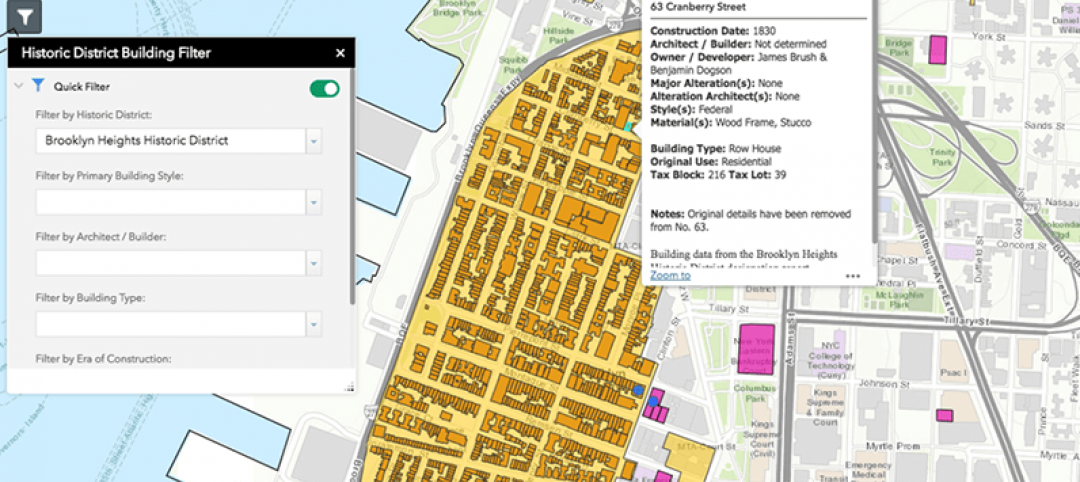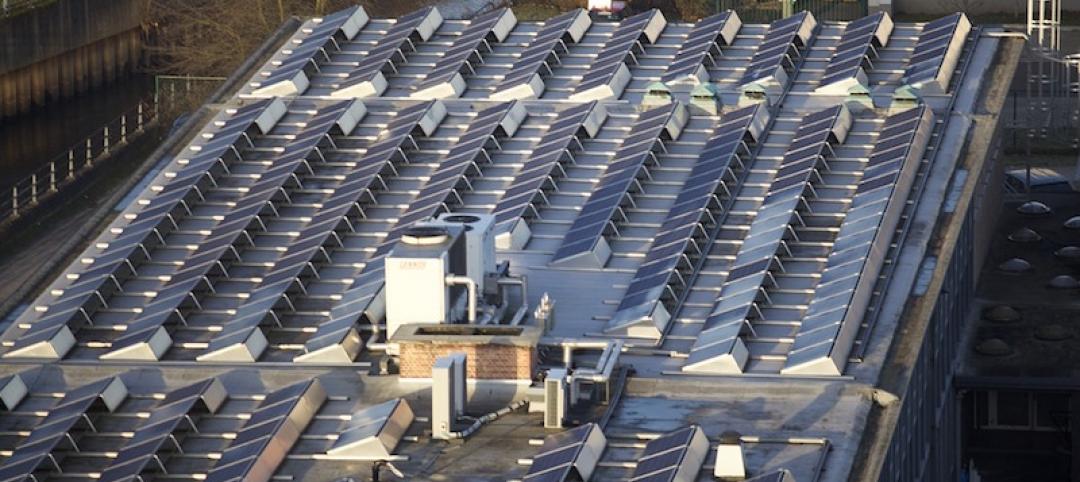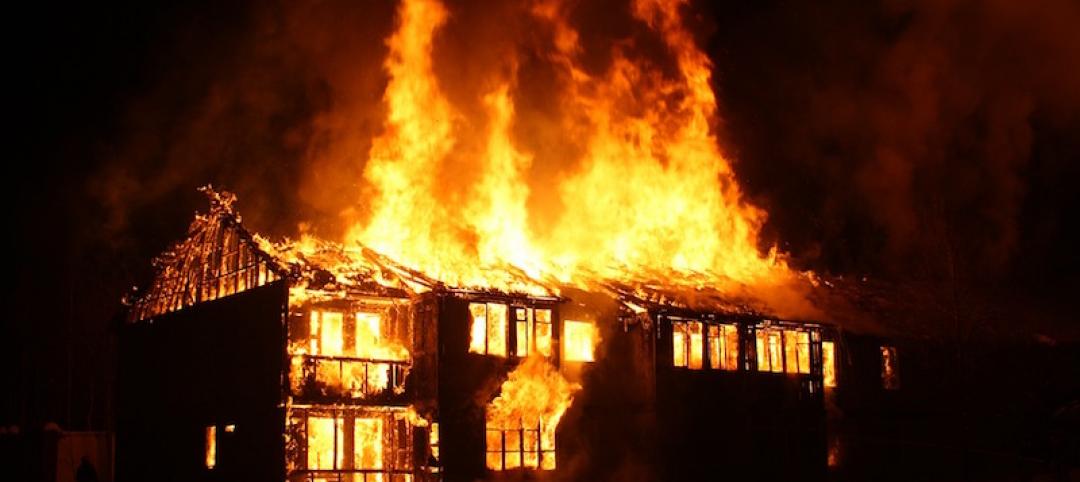In recent years, innovations in energy efficiency technology has opened many new avenues to reduce electric consumption in buildings.
But it is hard for building owners to keep up with these developments, analyze which options are most cost effective, and decide how best to invest their money. An increasingly popular method to implement energy efficiency technology is called “energy efficiency as a service.”
A typical arrangement consists of a building owner and a provider striking an agreement that pays for energy efficiency projects. The building owner does not pay anything upfront. The owner makes payments in installments within a certain timeframe. Payments are in the form of savings in energy costs realized from the improvements.
Bentley Mills, a manufacturer of commercial carpet products, employed this technique to fund a $1.5 million energy efficiency project. The contract stated that over the course of the 8-year term, Bentley would save over 12.8 million kWh. One year after the project was completed, the plant measured a 21% decrease in the kWh per square yard manufactured while increasing sales growth by 9% during the same time.
Related Stories
Reconstruction & Renovation | Dec 21, 2017
Interactive map includes detailed information on historic New York City buildings
The New York City Landmarks Preservation Commission launched a new, enhanced version of its interactive map, Discover NYC Landmarks.
Codes and Standards | Dec 20, 2017
Moody’s says cities may face credit downgrades if they don’t address climate risks
Credit ratings giant will ask what communities are doing to mitigate risk exposure.
Codes and Standards | Dec 18, 2017
Schools with optimal indoor environments boost student performance and energy efficiency
World Green Building Council report confirms that lighting, indoor air quality, thermal comfort and acoustics impact learning.
Codes and Standards | Dec 14, 2017
Mayors sign Chicago Climate Charter; will strive to meet Paris accord goals
Pledge to push for more local authority to reduce emissions.
Codes and Standards | Dec 13, 2017
New report examines ongoing costs of green infrastructure options
The report compares solutions to reduce stormwater.
Codes and Standards | Dec 12, 2017
Total cost of structural fires in U.S. reached $328.5 billion in 2014
Costs associated with losses was $55.4 billion.
Codes and Standards | Dec 11, 2017
Steel-timber composite system proposed for mid- and high-rise buildings
Structural steel columns and beams support a cross-laminated timber floor system.
Codes and Standards | Dec 7, 2017
Many coastal states performing poorly to protect beaches, coastlines
The most vulnerable regions fare the worst in new study.
Codes and Standards | Dec 6, 2017
2017 wildfires highlight gaps in California’s approach to fire safety in urbanized areas
Better hazard mapping and retrofit programs could help.
Codes and Standards | Dec 5, 2017
Guide for understanding medical monitoring requirement of OSHA silica standard released
Center for Construction Research and Training gives advice on new regulation.

















